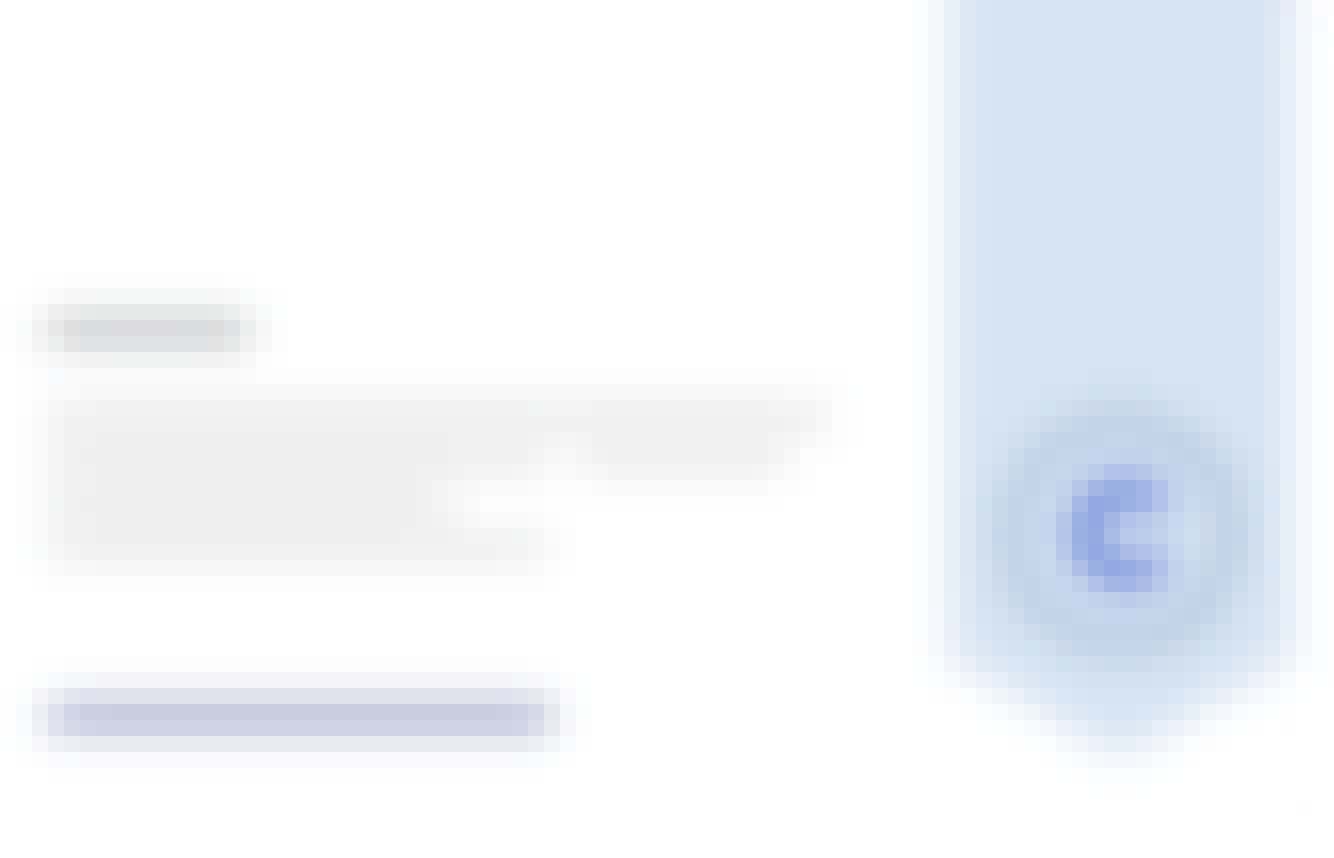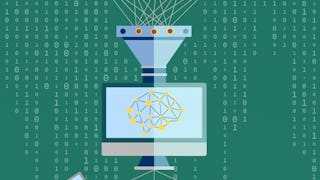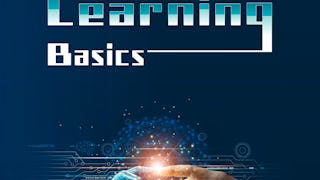Machine learning (ML) allows us to teach computers to make predictions and decisions based on data and learn from experiences. In recent years, incredible optimizations have been made to machine learning algorithms, software frameworks, and embedded hardware. Thanks to this, running deep neural networks and other complex machine learning algorithms is possible on low-power devices like microcontrollers.



Introduction to Embedded Machine Learning


Instructors: Shawn Hymel
Access provided by Coursera Learning Team
49,754 already enrolled
(715 reviews)
Recommended experience
What you'll learn
The basics of a machine learning system
How to deploy a machine learning model to a microcontroller
How to use machine learning to make decisions and predictions in an embedded system
Skills you'll gain
Details to know

Add to your LinkedIn profile
14 assignments
See how employees at top companies are mastering in-demand skills


Earn a career certificate
Add this credential to your LinkedIn profile, resume, or CV
Share it on social media and in your performance review

There are 3 modules in this course
In this module, we will introduce the concept of machine learning, how it can be used to solve problems, and its limitations. We will also cover how machine learning on embedded systems, such as single board computers and microcontrollers, can be effectively used to solve problems and create new types of computer interfaces. Then, we will introduce the Edge Impulse tool and collect motion data for a "magic wand" demo. Finally, we will examine the various features that can be calculated from this raw motion data, including root mean square (RMS), Fourier transform, and power spectral density (PSD).
What's included
13 videos15 readings5 assignments2 discussion prompts
In this module, we will look at how neural networks work, how to train them, and how to use them to perform inference in an embedded system. We will continue the previous demo of creating a motion classification system using motion data collected from a smartphone or Arduino board. Finally, we will challenge you with a new motion classification project where you will have the opportunity to implement the concepts learning in this module and the previous module.
What's included
10 videos10 readings5 assignments1 discussion prompt
In this module, we cover audio classification on embedded systems. Specifically, we will go over the basics of extracting mel-frequency cepstral coefficients (MFCCs) as features from recorded audio, training a convolutional neural network (CNN) and deploying that neural network to a microcontroller. Additionally, we dive into some of the implementation strategies on embedded systems and talk about how machine learning compares to sensor fusion.
What's included
9 videos7 readings4 assignments1 discussion prompt1 plugin
Instructors

Offered by
Why people choose Coursera for their career




Learner reviews
715 reviews
- 5 stars
81.81%
- 4 stars
16.08%
- 3 stars
1.95%
- 2 stars
0%
- 1 star
0.13%
Showing 3 of 715
Reviewed on Aug 18, 2021
Awesome course for beginners. I don't know how much of my background helped make this awesome, but it is awesome.
Reviewed on Mar 14, 2021
The videos and supplemental materials were well-presented and very useful. The hands-on projects were the best for learning practical use of the concepts.
Reviewed on Mar 31, 2024
This course was very helpful and gave me motivation to learn more about ML and apply to the embedded devices.
Explore more from Data Science


Duke University


Edge Impulse


Sungkyunkwan University

Open new doors with Coursera Plus
Unlimited access to 10,000+ world-class courses, hands-on projects, and job-ready certificate programs - all included in your subscription
Advance your career with an online degree
Earn a degree from world-class universities - 100% online
Join over 3,400 global companies that choose Coursera for Business
Upskill your employees to excel in the digital economy



